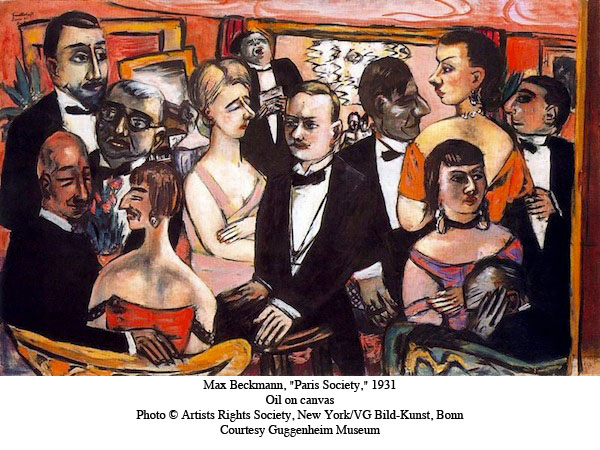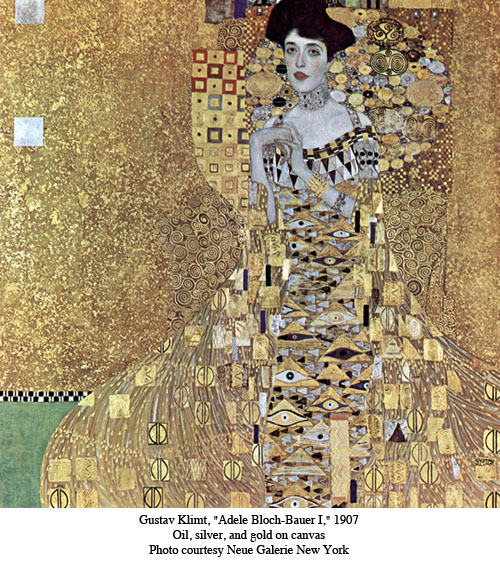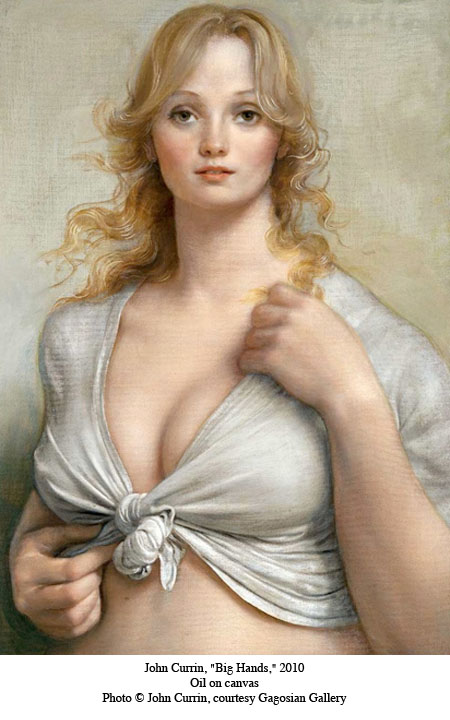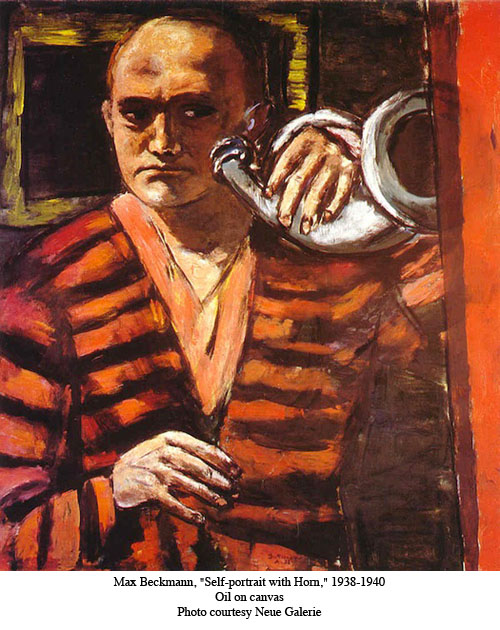

It takes a certain amount of courage for an art critic to admit that he or she has made a mistake. But to do so in public? Why would anyone want to reveal their professional shortcomings in such a fashion? There is a rather interesting article in the current issue of ARTnews magazine in which a few of the country's leading art critics say mea culpa for flip-flopping on their critical assessments.
Peter Schjeldahl, longtime critic for The New Yorker, made a complete about-face on Gustav Klimt's iconic portrait of Adele Bloch-Bauer. When he saw this glimmering golden beauty for the first time, he called it "transcendent in its cunning way." Several years later, however, he dismissed it as a "largish, flattish bauble." If you want my opinion, I think Mr. Schjeldahl needs to have his head examined. But, I suppose it's his critical prerogative to be wrong this one time.

In a reverse case of initial rejection that later turned to admiration, Village Voice critic Kim Levin originally suggested that readers "boycott" a show of figurative painter John Currin. But years later, she became a Currin convert, calling him "the premier mannerist... of our time." And, once again, if you want to know my opinion, I think she had it right the first time... Though Currin has certainly mastered an impressive level of technical virtuosity in depicting the human form, what he does with it makes me think of that jerk on the freeway that doesn't know how to drive his beautiful Porsche faster than five miles per hour.

Our own Christopher Knight of the LA Times weighs in with a story of his initial dismissal of Nancy Rubins' complex and messy assemblage of trailers and hot water heaters in MOCA's seminal 1992 exhibition, "Helter Skelter." Though it grabbed his attention, he didn't think it would have any lasting impact. Sixteen years later, however, he's eaten his words.
I can definitely identify with such a complete reversal of artistic judgment. Here are my stories of getting it wrong the first time around...
In the past, two remarkable museum exhibitions have thrown me into turmoil. In 2003, UCLA's Hammer Museum held a groundbreaking exhibition of the famously reclusive Lee Bontecou. I was overwhelmed, exhausted and, to be completely honest, quite scared by the aggressive energy of her art. The coarse and soiled canvases of her wall reliefs were forcibly pieced together with jagged copper wire in a totally unladylike patchwork. The whole thing made me think of Frankenstein's monster, leaning dangerously toward me, and ready to bite.

And still, I felt the need to see it again, to experience the beastly energy of her sculptural reliefs, with their black gaping holes, armored with zipper-like metal teeth. I've read that the artist hates the persistent sexual interpretations of her work -- well, count me among the sinners. Primordial terror of castration, like a heavy aroma, clings to her early and, deservedly, most famous works.
Long before that, the 1988 LACMA exhibition of German expressionist Max Beckmann's paintings made me furious. I simply hated it. My friends tried their best to persuade me that I was wrong, but I would have none of it. I gave the exhibition another try, but disliked it even more. The strangest thing was that I couldn't stop talking about it to anyone who still had the patience to listen. Believe it or not, I returned to the exhibition for a third time. And that's when the miracle occurred and, all of a sudden, I experienced the tragic beauty and complexity of Beckmann's paintings. Now I count him among the greatest artists of the 20th century.

The lesson for me is not that I might be wrong in dismissing some works as not worthy, not interesting. The lesson is that when my experience is so overwhelmingly disturbing, and so negative, and has such inexplicable staying power, that is the sign that I might be in the presence of great and demanding art.
Edward Goldman is an art critic and the host of Art Talk, a program on art and culture for NPR affiliate KCRW 89.9 FM. To listen to the complete show and hear Edward's charming Russian accent, click here.
